Are you a rental property owner looking to reduce your tax liability and heard that cost segregation is the silver bullet you have been missing out on? Well, it’s a tricky answer. Cost segregation is often an oversold strategy because it truly is an amazing strategy and it sounds incredibly sexy (at least to us that love to save taxes).
The reality is, that it doesn’t work for everyone and it can be a complete waste of time and money. The bottom line is that it’s something every investor needs to understand, at least to some degree, and be careful about when entering the conversation. Here’s what you need to know.
How does it work?
Cost segregation is the process of splitting up a rental property into its pieces and parts so it can be depreciated faster. It will drive more losses on paper to the taxpayer. For example, a residential rental property (the building, not the land), is depreciated over 27.5 years. However, with cost segregation, a tax advisor can depreciate components of the building in 5, 7, or 15 years, and with the ‘bonus depreciation’ strategy event accelerate a ton of depreciation and create big write-offs in the current tax year.
Commercial property isn’t any different. The tax code provides recovery periods for various types of assets. Under the Modified Accelerated Cost Recovery System (MACRS), a commercial building is typically depreciated over a 39-year period. The personal property components, even land improvements (think hardscape and sprinklers), can be depreciated over shorter periods, again such as 5, 7, or 15 years.
In sum, cost segregation allows property owners to reallocate the costs of a building into shorter tax recovery periods. This results in a reduction of current tax liability and or increased pass-thru tax losses. The question is, can they actually ‘use’ those losses.
The Process
In order to take advantage of the strategy, it starts with a Cost Segregation Study. It is often referred to as a ‘Cost Seg Study’…and FYI it’s required by the IRS that this step be completed.
Typically, a cost segregation specialist performs a detailed engineering study of a building’s construction, systems, and equipment. However, this is where there is also a lot of misinformation and salesmanship involved. The prices and services can vary dramatically on the type of cost seg study a taxpayer decides to pursue.
The IRS Audit guide on how to complete a Cost Seg Study was updated in 2016 and there are six (6) methodologies on how a taxpayer can complete a qualified Study. Some are cheap and easy, others are more expensive and complicated.
It’s true, a large commercial or multi-unit property owner should rely on an experienced cost segregation company that can implement the ‘engineering approach’, but for the smaller rental property owner, it shouldn’t require such an extensive study.
As a taxpayer or advisor, it’s very important to shop around and be well informed on the cost and procedure you employ to complete the study.
The ‘Possible’ Benefit to Property Owners
Again, the obvious benefit of cost segregation is an increased write-off in a particular year through depreciation…and typically it creates a pass-thru loss that can be used against other income. For example, think of a dentist, restaurant owner, landscaper, or corporate employee, that wants to use those losses to write off against their other income and save on their overall tax bill.
However, there’s a catch!
If you don’t qualify under ALL 3 of the following rules a Cost Seg Study is useless if it generates additional pass-thru losses:
- Qualify as a real ‘estate professional’ under the two (2) tests (see IRC Sec. 469(c)(7)(C)),
- Have ‘material participation’ under one of the seven (7) tests (see IRC 469(h)(1) and Temp. Regs. Sec. 1.469-5T(a))
- Have the appropriate ‘basis’ in the real estate investment to take the losses (IRC Sec. 465)
IF you don’t meet these three (3) tests above, you don’t get to use those additional ‘pass-thru losses’ against your other income.
No one tells you this when they’re selling you the strategy or the real estate. Sorry.
Example 1
A single taxpayer buys a duplex, sets up an LLC, and owns the project 100% (holding the LLC in his or her revocable living trust). The taxpayer’s ‘day job’ is that of a project manager at a large computer company receiving a W-2. He or she will enjoy tax-free cash flow from the rental with the regular depreciation and write-offs. If they complete a cost-seg study and have additional pass-thru losses (any additional losses), the losses will NOT be a write-off against their other income (except under the narrow ‘Active Participation’ test where losses phase out based on their income). This is because they are not a real estate professional, even if they materially participate in the project.
Result- Cost seg study would be a waste.
Example 2
A married couple buys a duplex, sets up an LLC, and owns the project 100% (holding the LLC in their revocable living trust). The wife’s ‘day job’ is that of an attorney at a law firm receiving a W-2. The husband is a contractor and qualifies as a real estate professional and materially participates in the management of the rental. They will enjoy tax-free cash flow from the rental with the regular depreciation and write-offs, AND if they complete a cost-seg study and have additional pass-thru losses (any additional losses), the losses WILL BE a direct write-off against any other income AND the wife’s W-2.
Result – Cost Seg Study would be beneficial.
Example 3
A single taxpayer buys into a private equity fund that invests in large multi-unit commercial or residential projects (holding his or her interest in the fund in their revocable living trust). The taxpayer’s ‘day job’ is that of a marketing consultant at a company receiving a W-2. He or she will probably enjoy tax-free cash flow from the fund with the regular depreciation and write-offs, but if the fund completes a cost-seg study OR there are additional pass-thru losses (any additional losses), those losses on the K-1 will NOT be a write-off against the taxpayer’s other income. This is because the taxpayer is not a real estate professional. He doesn’t even qualify as an ‘Active Investor’ in regards to the fund, doesn’t materially participate in the project, AND doesn’t have recourse basis over an above their investment because the taxpayer didn’t sign on with recourse debt.
Result – Cost Seg Study would be a waste and also the taxpayer shouldn’t think he or she will be able to deduct any excess losses against their other income from the fund.
Example 4
A married couple buys into a private equity fund that invests in large multi-unit commercial or residential projects (holding their interest in the fund in their revocable living trust). The husband’s ‘day job’ is that of an executive at a company receiving a W-2. The wife is a realtor and qualifies as a real estate professional. They would think the pass-thru losses and a Cost Seg Study would benefit them…however, this is a mistake.
They will enjoy tax-free cash flow from the fund with the regular depreciation and write-offs, BUT if the fund has any additional pass-thru losses (any additional losses whether from a Cost Seg or not), those losses on the K-1 will NOT be a write-off against the taxpayer’s other income. This is because even though one of them qualifies as a real estate professional, they don’t materially participate in the fund, AND they don’t have recourse basis over an above their investment because they didn’t sign on with recourse debt.
Result – Cost Seg Study would be a waste and also they shouldn’t think they’ll be able to deduct any excess losses from the fund against their other income.
Example 5
A single or married taxpayer invests directly into a short-term rental (think Airbnb) with an LLC and materially participates, at least initially. The taxpayer may be in luck due to an exception with short-term rentals and a Cost Seg Study might be of use. See “How Short-Term Rentals are Taxed”.
Proceed Cautiously
The trick is not getting the ‘Study’, but being able to USE the losses as an Active Investor or Real Estate Professional (See “The Real Estate Tax Professional Strategy“). IF you can’t qualify to use the losses they just carry forward and they are essentially worthless until you sell the asset or investment. Make sure a Cost Seg Study will be to your benefit SO you don’t waste your time on it.
Cost segregation is a valuable tax strategy that every property owner should know about and the strategy has been around a long time. This is why real estate coaches and those selling real estate projects or investments are talking about it more because it sounds cool and sexy. However, they usually don’t understand its complexity when it comes to the impact on your tax return.
In conclusion, be careful. To create a tailored tax plan and asset protection plan for your real estate, please reach out to one of my attorneys at KKOS Lawyers.










Love it! Cost Seg will work for me as a R.E.P. Broker. Bought an old house & rented it out. 27.5 yrs is too long a span for LVP, Carpet, roof Shingles (in TX hail storms), appliances etc that MAY live 7-15 yrs before replacement. Great points Mark! Super thorough! Thank you!